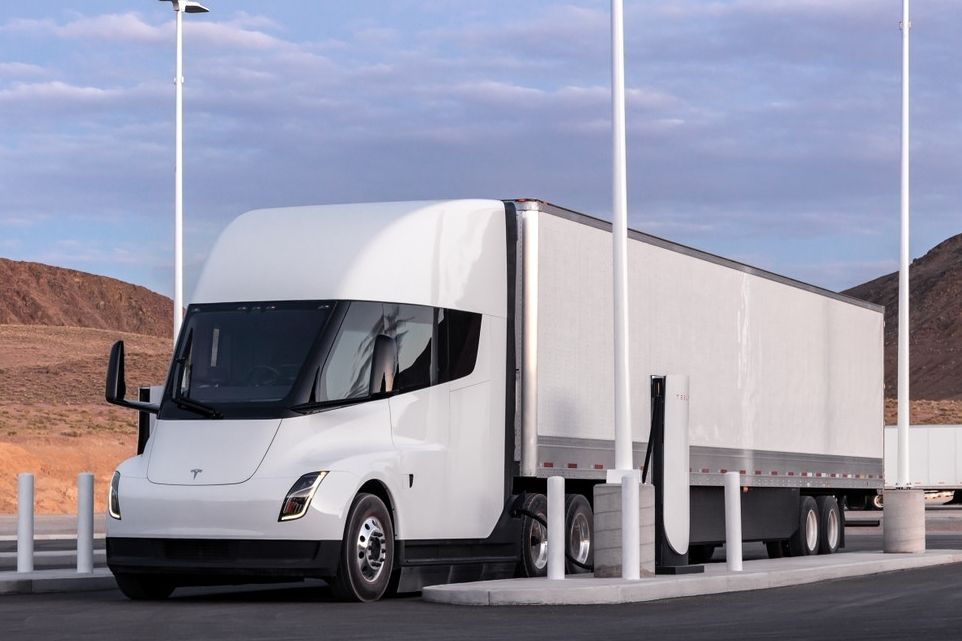I'm excited to hear about what Tesla has achieved in terms of miles per kwh. On the website it says "<2kWh's/mile". Well I wonder how much less and I think they'll tell us. So why not have a poll and see what others think?
I'm excited to hear about what Tesla has achieved in terms of miles per kwh. On the website it says "

teslamotorsclub.com
Here's what is on the
website exactly: "With less than 2 kWh per mile of energy consumption, Semi can travel up to 500 miles on a single charge."
I think Tesla is using 60 mph for this rating.
Here's a
comparison with a Volvo electric Semi, but not enough details are given to do an apples to apples.
"The Volvo FH Electric kept an average speed of 80 km/h (~50mph) over the whole route, which was on par with the Volvo FH equipped with a diesel engine and the fuel efficiency package I-Save. Based on the energy consumption of only 1.1 kWh/km (1.77kWh/mile), the electric truck demonstrated a total range of 345 km (214 miles)."



